Bulk Carriers and Ballast Water Treatment
I found this wonderful article that gives a great overview of bulk carriers. A great reference to quickly understand the essential design aspects of a bulk carrier.
I found this wonderful article that gives a great overview of bulk carriers. A great reference to quickly understand the essential design aspects of a bulk carrier.
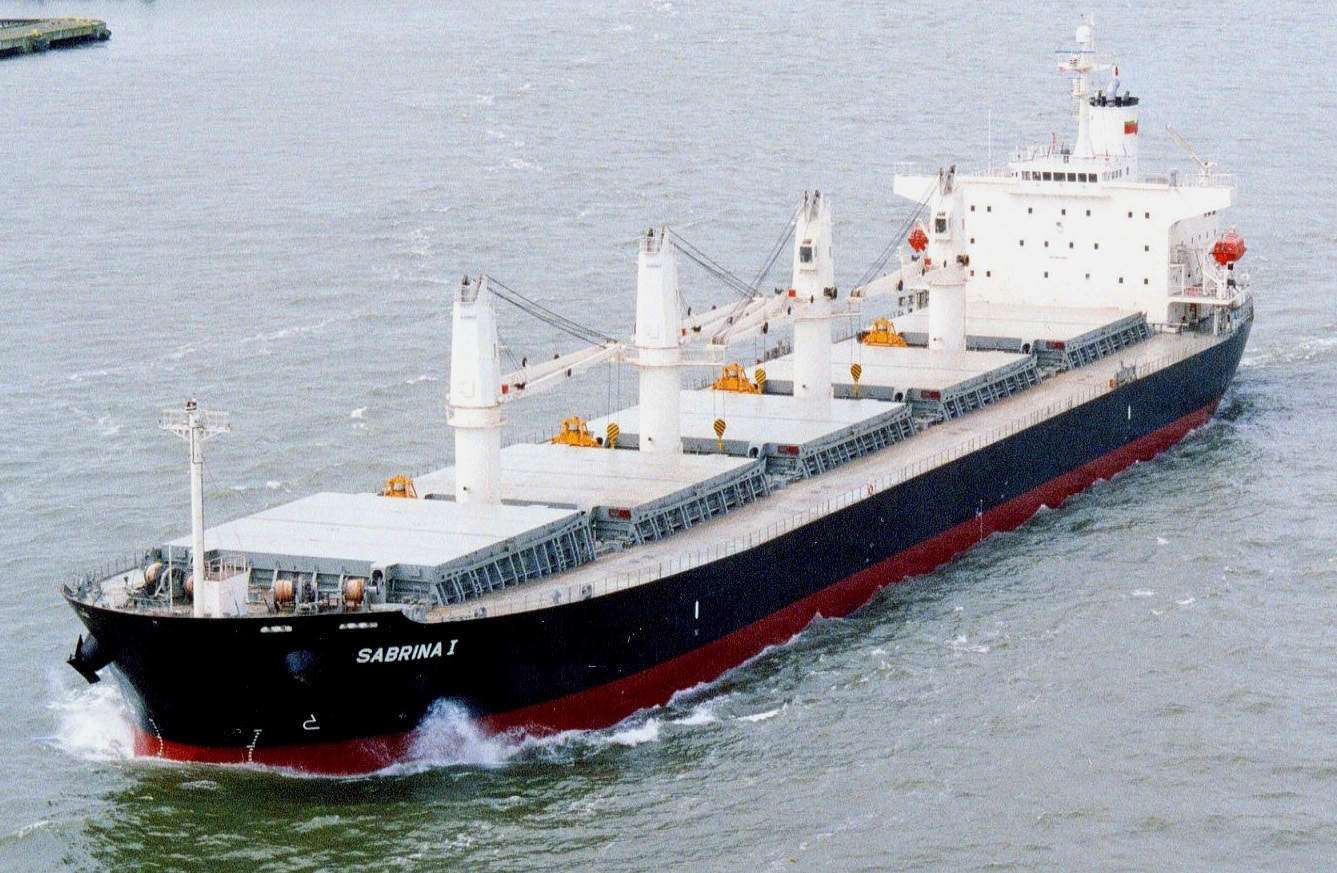
I found this wonderful article that gives a great overview of bulk carriers. A great reference to quickly understand the essential design aspects of a bulk carrier.
I will make one clarification to the article. It mentions that the hull of the bulk carrier may be welded or riveted in some places. I can’t imagine any place that I would recommend riveted construction on a modern vessel. Though I have seen rivets on some older vessels. What about you? Can you think of any situation where rivets are recommended on new ship construction?
The article really does not help you appreciate how fast bulk carriers take on cargo. Literally hundreds of tonnes per hour. Imagine an entire parking lot full of VW beetles, and pour all of them into the cargo hold of a bulk carrier. That gives you an idea of how quickly bulk carriers load cargo. This video is another example:
One of the other concerns for bulk carriers today is ballast water treatment. When not carrying cargo, bulk carriers take on ballast water to keep the ship stable. This can be an environmental problem on long distance voyages. Everything from algae up to small crustaceans can survive the trip in that ballast water. As a result, the ship may introduce invasive species into the environment by carrying them halfway around the world in the ballast water. Recent changes to the IMO regulations require new vessels to have ballast water treatment systems, which sterilize the ballast water. But these systems have limits.
The key problem for ballast water treatment (BWT) is the flowrate. Currently, we are required to treat the ballast water as we pump it on board (and when pumping off in some cases). It isn’t easy to treat ballast water, and matching the flow rate required by a bulk carrier requires massive ballast treatment systems. The bulk carrier would need to give up an entire pair of ballast tanks just to handle all the machinery. And don’t forget the cost of all that equipment. Your BWT should not be larger than the main engine. This will be a problem for future ships. I know some companies are discussing options to load untreated ballast water and then cycle it through the treatment system once inside the tanks. It will be very interesting to see what solutions develop.
If you want to learn more about the challenges of ballast water treatment with bulk carriers, I know of two free papers that provide at detailed analysis with four example installations. (Fair disclosure, I helped to author the papers.)
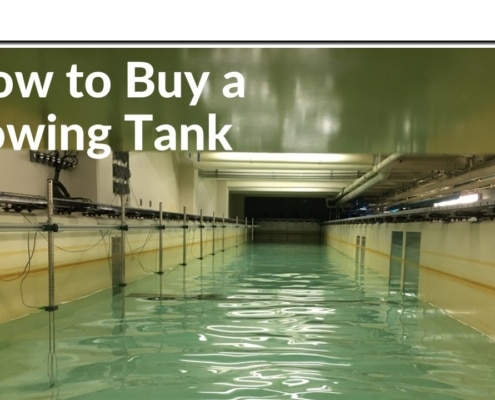
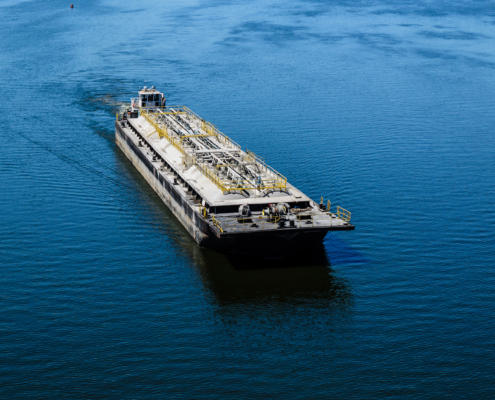
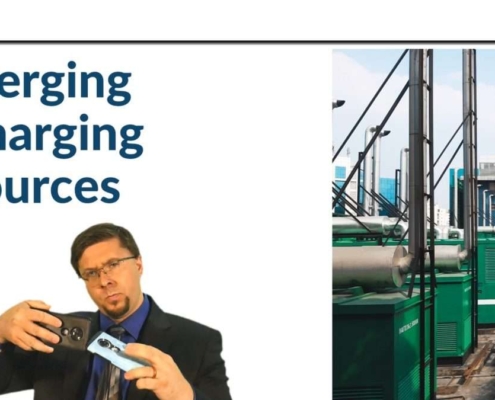 https://dmsonline.us/wp-content/uploads/2022/09/ClickBait_2.89.9-scaled-1.jpg
675
1200
Nate Riggins
/wp-content/uploads/2025/06/DMS-logo.svg
Nate Riggins2023-04-03 08:00:002025-08-15 10:36:17Electric Yacht Charging
https://dmsonline.us/wp-content/uploads/2022/09/ClickBait_2.89.9-scaled-1.jpg
675
1200
Nate Riggins
/wp-content/uploads/2025/06/DMS-logo.svg
Nate Riggins2023-04-03 08:00:002025-08-15 10:36:17Electric Yacht Charging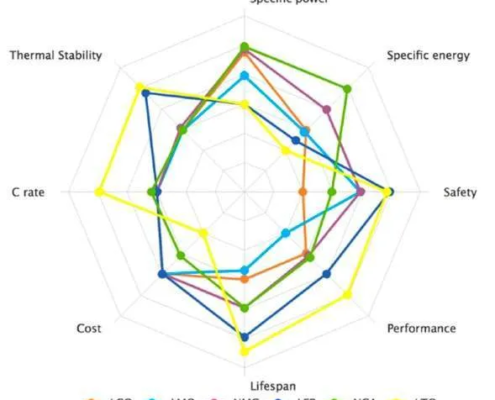 https://dmsonline.us/wp-content/uploads/2022/09/Lithium-Chemistries-Spider-Chart.webp
513
589
Nate Riggins
/wp-content/uploads/2025/06/DMS-logo.svg
Nate Riggins2023-03-06 08:00:002025-08-15 10:30:12Batteries for Electric Propulsion
https://dmsonline.us/wp-content/uploads/2022/09/Lithium-Chemistries-Spider-Chart.webp
513
589
Nate Riggins
/wp-content/uploads/2025/06/DMS-logo.svg
Nate Riggins2023-03-06 08:00:002025-08-15 10:30:12Batteries for Electric Propulsion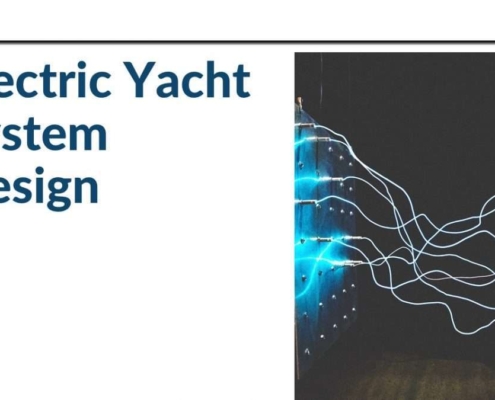 https://dmsonline.us/wp-content/uploads/2022/09/Slide21-Clickbait-scaled-1.jpg
675
1200
Nate Riggins
/wp-content/uploads/2025/06/DMS-logo.svg
Nate Riggins2023-01-30 08:00:002025-08-15 10:37:00Electric Yacht System Design
https://dmsonline.us/wp-content/uploads/2022/09/Slide21-Clickbait-scaled-1.jpg
675
1200
Nate Riggins
/wp-content/uploads/2025/06/DMS-logo.svg
Nate Riggins2023-01-30 08:00:002025-08-15 10:37:00Electric Yacht System Design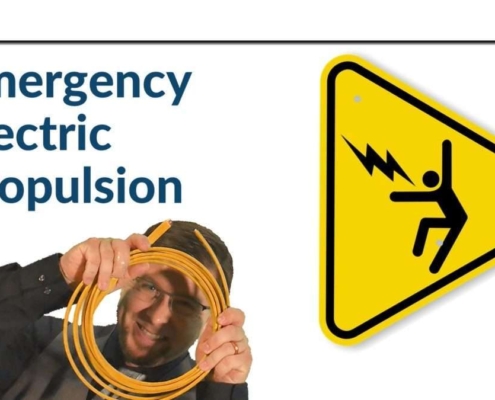 https://dmsonline.us/wp-content/uploads/2022/09/M22006-ClickBait-scaled-1.jpg
675
1200
Nate Riggins
/wp-content/uploads/2025/06/DMS-logo.svg
Nate Riggins2022-12-05 08:00:002025-08-15 10:38:53Emergency Electric Propulsion
https://dmsonline.us/wp-content/uploads/2022/09/M22006-ClickBait-scaled-1.jpg
675
1200
Nate Riggins
/wp-content/uploads/2025/06/DMS-logo.svg
Nate Riggins2022-12-05 08:00:002025-08-15 10:38:53Emergency Electric Propulsion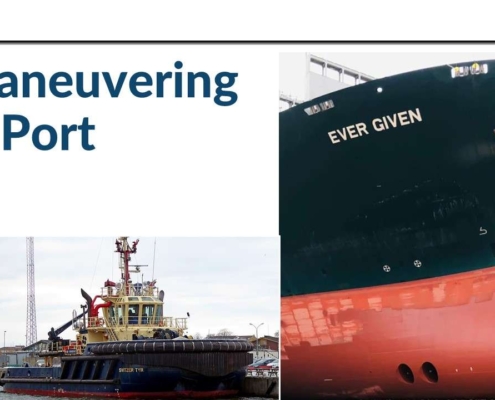 https://dmsonline.us/wp-content/uploads/2022/04/ClickBait.jpg
720
1280
Nate Riggins
/wp-content/uploads/2025/06/DMS-logo.svg
Nate Riggins2022-04-04 07:00:002025-08-15 13:08:57Ever Given: Maneuvering Options
https://dmsonline.us/wp-content/uploads/2022/04/ClickBait.jpg
720
1280
Nate Riggins
/wp-content/uploads/2025/06/DMS-logo.svg
Nate Riggins2022-04-04 07:00:002025-08-15 13:08:57Ever Given: Maneuvering Options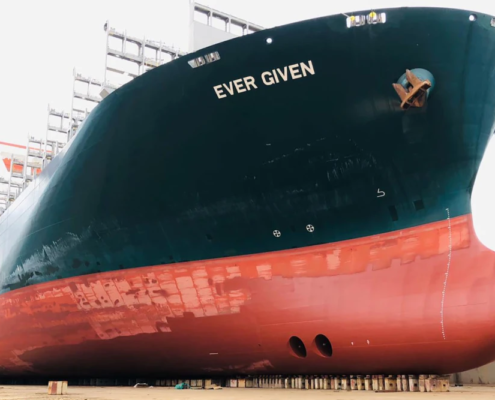
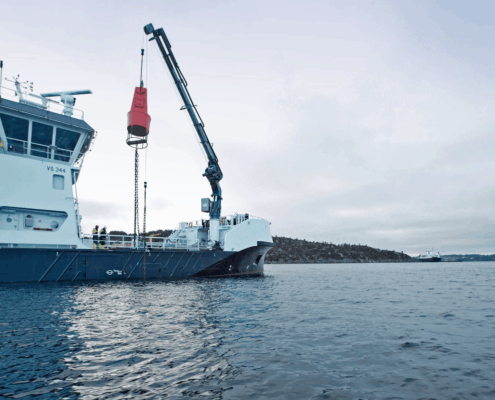
Ship designs tailored to your mission. Engineering that advances profits.

This site uses cookies. By continuing to browse the site, you are agreeing to our use of cookies.
AcceptLearn moreWe may request cookies to be set on your device. We use cookies to let us know when you visit our websites, how you interact with us, to enrich your user experience, and to customize your relationship with our website.
Click on the different category headings to find out more. You can also change some of your preferences. Note that blocking some types of cookies may impact your experience on our websites and the services we are able to offer.
These cookies are strictly necessary to provide you with services available through our website and to use some of its features.
Because these cookies are strictly necessary to deliver the website, refusing them will have impact how our site functions. You always can block or delete cookies by changing your browser settings and force blocking all cookies on this website. But this will always prompt you to accept/refuse cookies when revisiting our site.
We fully respect if you want to refuse cookies but to avoid asking you again and again kindly allow us to store a cookie for that. You are free to opt out any time or opt in for other cookies to get a better experience. If you refuse cookies we will remove all set cookies in our domain.
We provide you with a list of stored cookies on your computer in our domain so you can check what we stored. Due to security reasons we are not able to show or modify cookies from other domains. You can check these in your browser security settings.
We also use different external services like Google Webfonts, Google Maps, and external Video providers. Since these providers may collect personal data like your IP address we allow you to block them here. Please be aware that this might heavily reduce the functionality and appearance of our site. Changes will take effect once you reload the page.
Google Webfont Settings:
Google Map Settings:
Google reCaptcha Settings:
Vimeo and Youtube video embeds: